Minimalist Shoes vs. Barefoot Shoes: Is There a Difference?
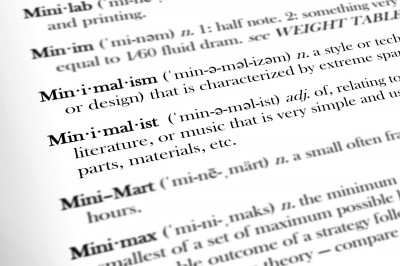
We have an ongoing dilemma at our workshop because we're never quite sure how to describe our shoes.
For almost three decades we've simply said we make minimal shoes for children, but the barefoot running craze of recent years has introduced a whole new world of nomenclature with terms like "barefoot shoes," "minimalist shoes," 'transition shoes," "zero-drop" and "foot coffins." Every shoe manufacturer in the world now seems to be coming out with footwear they call "minimalist" or "barefoot," and these products range from thin strips of leather that strap around your foot to huge, thick supportive footwear that doesn't look very different from any conventional sneaker.
The problem is that there really is no industry standard for what makes a shoe "minimalist" or "barefoot." There are plenty of runners and bloggers who have set their own definitions for these terms, but they tend to vary depending on whom you ask.
Many people use "minimalist shoe" synonymously with "transition shoe" to describe footwear that still has some of the cushioned and motion-control features of a traditional shoe, but less so. This means the heel-to-toe drop is still present, but perhaps less than 8mm difference. The shoe probably still has some mild arch supports, the toe box may still be slightly tapered and push upwards and the sole could still be rather thick and padded, though less than what was considered a standard running shoe ten years ago. As you can imagine, there may be a lot of room here for shoe manufacturers to fudge the standards and call almost anything a "minimalist shoe."
For people who accept that definition, a "barefoot shoe" must then have some basic features, although it may be more accurate to say that it must lack certain features. Barefoot shoes, defined this way, must have flat soles with no heel-to-toe drop, no arch support, no rigid toe spring and a spacious, untapered toe box. Soles must be thin with no cushioning and your feet should be allowed to bend and splay out naturally. In short, a barefoot shoe allows your foot to move as though you were wearing no shoe at all, or as close to it as possible.
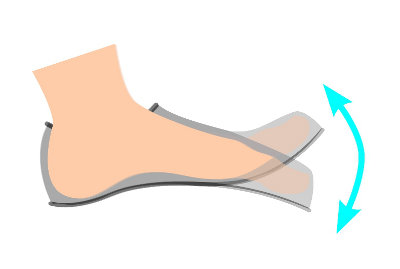
While these definitions seem to be the most popular, there are still many people who use the terms differently. A few shoe manufacturers, eager to cash-in on the barefoot bandwagon, have tossed the word "barefoot" around to describe bulky running clogs with over an inch of padded heels. At the other end of the spectrum, there are many true barefoot runners—those who run with nothing on their feet at all—who cringe when they hear any footwear called "barefoot," even if it's nothing more than the most basic huarache sandal. To them, a shoe can never be anything more than "minimalist" (to be fair, as a barefoot runner myself I can understand their point: putting anything between your feet and the ground creates a very different experience than running in bare feet). Then there are those who use "barefoot" and "minimalist" interchangeably. After all, don't all barefoot shoes embrace an idea of minimalism?
To complicate matters further, opening the door to women's fashion throws all these concepts of minimalism out the window. For most fashionistas, the term "minimal shoe" refers to a simplistic design style, and it can very well—and often does—include foot-binding shoes with 3-inch stiletto heels.
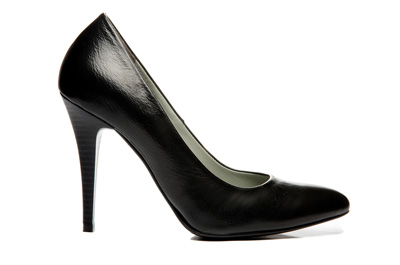
In the world of high fashion, this is considered a "minimal shoe"
So what do we call our shoes?
Every shoe made at Soft Star must live up to our strict standards of thin, flat soles with no heel-to-toe drop, no arch supports, no toe spring, wide toe boxes and a flexible, lightweight design. By most definitions, what we make should be called barefoot shoes. There are, however, many people looking for a product like ours that are searching for footwear they call "minimal" or "minimalist," and we want to reach out to them as well (many of our new customers hear the words "barefoot shoe" and immediately think it must have toe finger cutouts). For this reason, we still use all these words when we describe our product, although they have different meanings to different people. Hence, our ongoing dilemma.
One thing is certain: these are still new terms that are still awaiting clear, uniform definitions. We're very excited to be part of this growing footwear revolution, and we still hear every day from customers who have alleviated their foot pain and become more active by switching to our barefoot/minimalist/zero-drop/non-foot-coffin moccasins. As the idea of encouraging natural foot function becomes more popular, we expect more standards will eventually become commonly accepted.
Do you have any thoughts about how these terms should be used? If so, we'd love to hear them!

Martin is a lifelong runner who began wearing minimalist shoes over 10 years ago when he found they alleviated his chronic foot pain, which eventually disappeared completely. He further studied proper running form through a series of workshops taught by the inventor of Correct Toes Toe Spacers, Dr. Ray McClanahan DPM. Martin has collaborated with several health care professionals to collect and share peer-reviewed studies that show the benefits of minimalist footwear. In his personal life, Martin loves living in the Pacific Northwest because it allows him to enjoy a variety of outdoor activities year-round, including hiking, cycling, rock climbing, surfing and snowboarding.

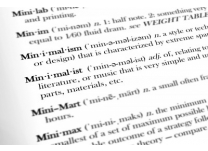
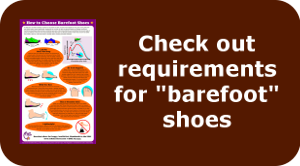
Cheers